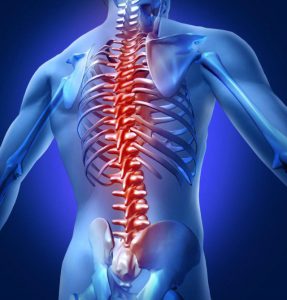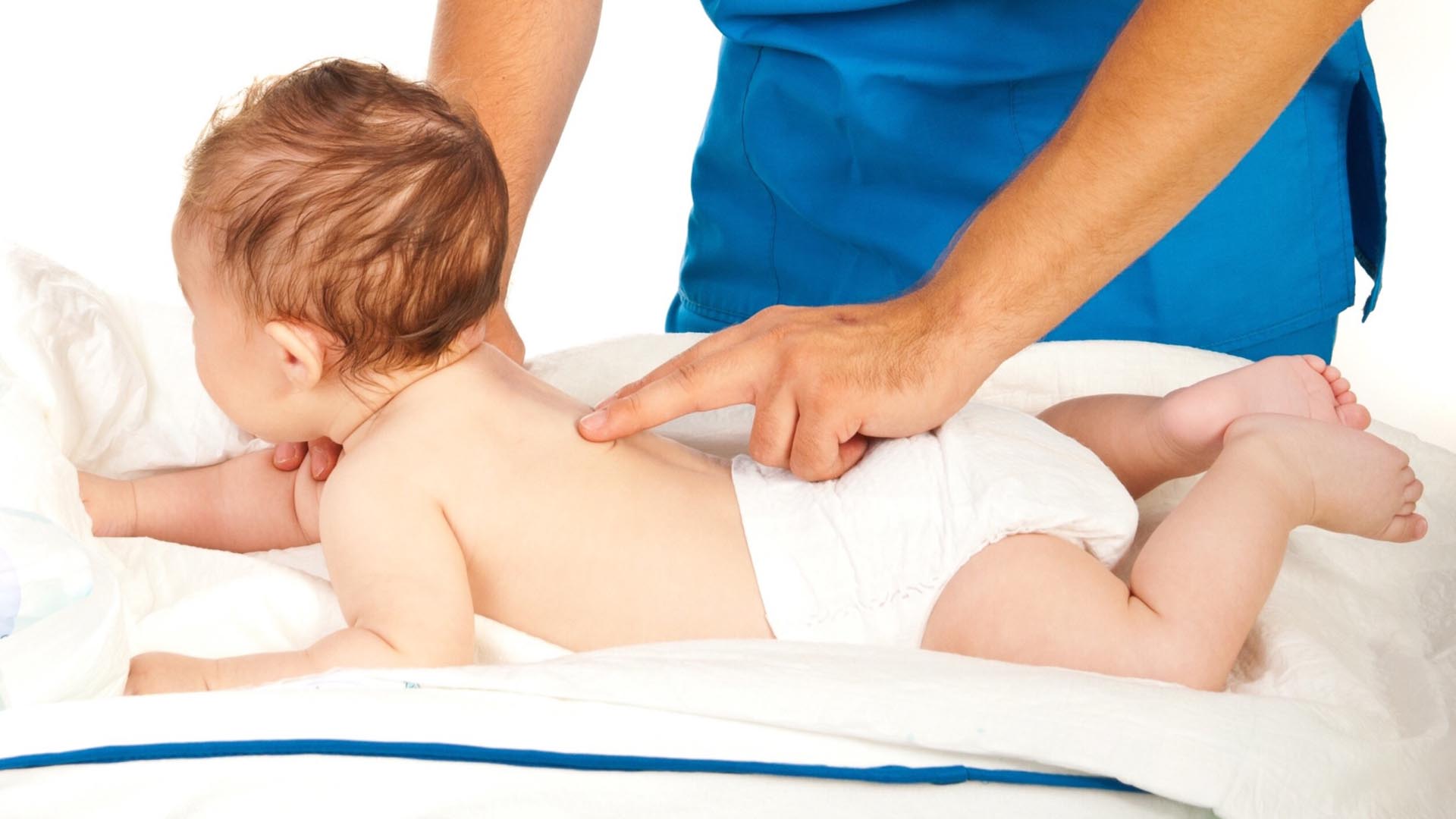The spine – i.e. columna vertebralis – is a bone structure consisting of vertebrae and containing the spinal cord. The vertebrae are firmly interconnected to one another in the form of a supportive structure that enables bending of the body. The most common spine diseases occur around the waist area. However, such diseases may also occur around the neck, back, or sacrum. Although spine diseases usually occur in the elderly, such conditions may be traced back to congenital causes as well. The congenital spine diseases are the anomalies caused by the development disorders during the embryotic phase. Depending on the severity and form of the anomality the extent of the deformity may grow serious.

What Are the Congenital Spine Illnesses?
Since the congenital spine diseases develop and advance during the adolescence, the space for a conservative treatment is limited. Prescribing a plaster cast or a corset is possible, although such practices may lead to chest deformities. Thus, the patient may face with serious problems with a plaster cast or a corset.Thus, the patient may face with serious problems with a plaster cast or a corset.
Congenital Scoliosis
Scoliosis is the most common type of congenital spine diseases. The deformations developed during the embryotic phase due to the anomalies of the spine are collectively called as the congenital scoliosis. These developments, which are deficiencies and not normal, occur within the first six week the embryotic formation.
Among the symptoms of the congenital scoliosis are; increased hairiness of the patient’s waist area, changes in the skin tone, an osteophyte on the back that can be identified by hand, and the visible lack of alignment among the vertebrae. Usually occurred due to an infection suffered by the fetus, diabetes or alcohol intake during the pregnancy, the congenital scoliosis can be treated with several methods. However, the most proper method will be identified depending on the anomalies of the patient.
Congenital Kyphosis
One of the congenital spine diseases is kyphosis. The patients with congenital kyphosis have either disintegration disorder or structural decomposition disorder in their vertebrae. As the child grows , the deformity will rapidly advance, especially considering the high-growth rate during the early ages. But the segmentation defect will advance on a slower rate, thus, surgical intervention may be postponed until the adolescence.
Spina Bifida
The term spina bifida refers to the case of separated spine. This disease is the condition in which a baby’s spine and spinal cord are unable to develop properly within the womb, which creates an emptiness in the spine. The exact causes of this spine disease are unknown. However, folic acid deficiency during the first phase of or prior to the pregnancy is considered as a significant risk factor. The most common type of spina bifida is spina bifida occulta and usually it does not require treatment.




